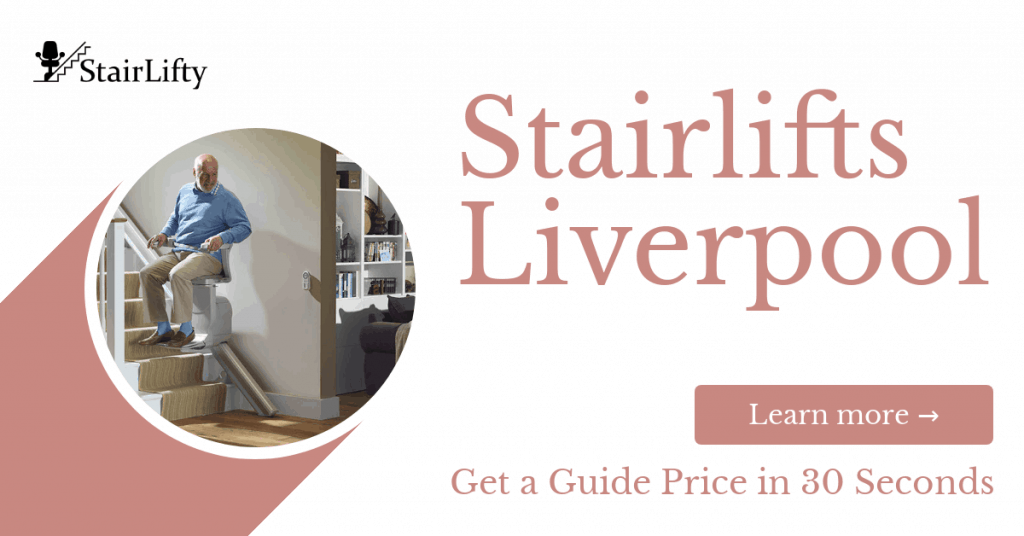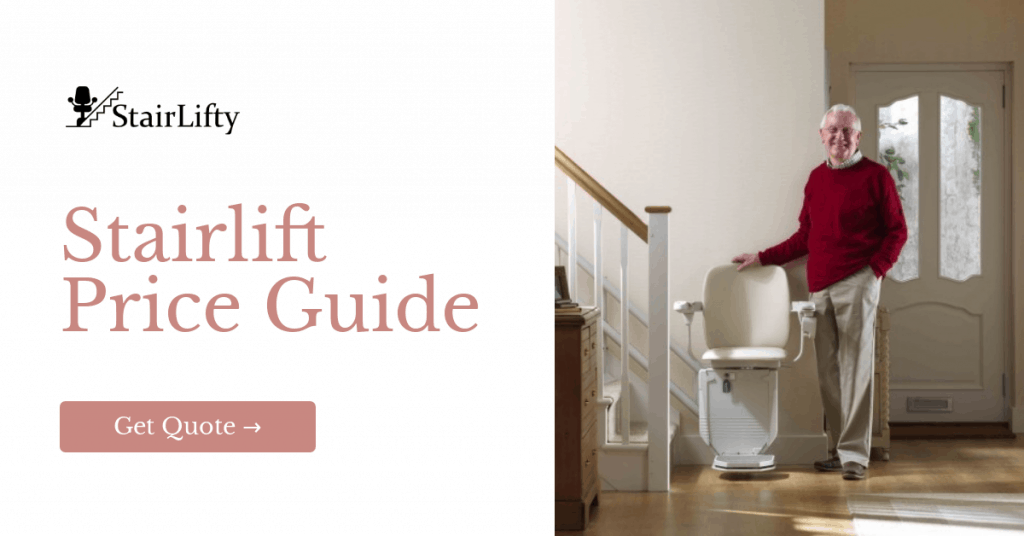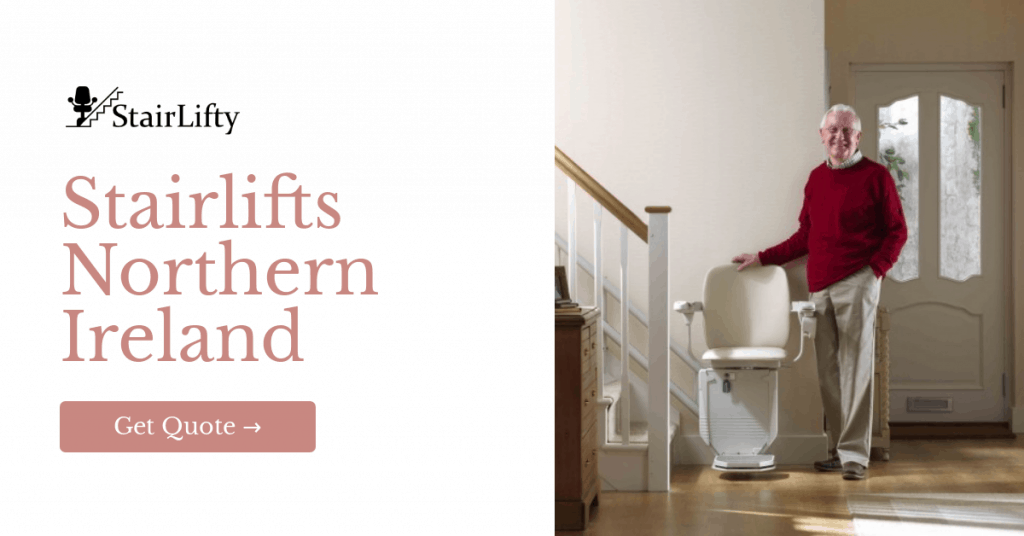How much do stairlift suppliers in Liverpool charge?
Please use the Stairlifty Online Assistant above to generate a personalised quote from suppliers based in Liverpool.
Buying a curved stairlift in Liverpool
A curved rail stairlift is designed to go around the corner when your stairs have a turn in them either to the left or right. It is the need for this curve to be tailor-made made for your stairs that means the price of such a stairlift can be up to three times more expensive than a straight track.
Curved stairlifts can be fitted either side of the stairs. I strongly advise that you make sure the lift covers the whole of the flight. It is generally not advisable to fit two straight stairlifts on a staircase that has a curve in it.
Buying a straight stairlift in Liverpool
A straight stairlift travels in a straight line only and is designed for a straight staircase. This is the most common type of lift fitted in the UK. The footplate on the lift should stop level with the top of the stairs. It is best to opt for a seat that will swivel away from the stairs towards the landing area. This will make it easier and safer to get off at the top.
Getting a home stairlift survey
Arranging a home survey in Liverpool is straightforward and simply involves calling a local or national supplier. In general, they will all offer a free home visit and initial survey.
Which Liverpool suppliers offer stairlift rental?
Stairlift rental can be an excellent solution for many people. Every stairlift supplier in our Liverpool database offers stairlift hire. Use the online assistant above to get a quote.
Is it a good idea to fit a straight stairlift on stairs that have a curve?
Lots of stairs in Liverpool (particularly in terraced houses) are straight for the main flight leading up to a half-landing. There will then be a few steps to negotiate either left or right. Sometimes the landing is at the bottom of the main flight. Curved rail stairlifts are more expensive, therefore some people are very tempted to fit a straight lift on the main flight leaving only two or three steps left to negotiate. Think carefully before committing to this idea as it could turn out to be a false economy. Our advice at Stairlifty is to carefully consider some of the below general questions before committing to this idea.
Please remember that it is not possible to list all the risk factors that might be involved as all stairs are different and people have different abilities. However, if walking becomes more unsteady or disability worsens then the risks of negotiating any steps increases.
Will the user always be able to safely negotiate the rest of the steps without assistance from others?
After all, the reason for the stairlift in the first place is to enable the person to get safely up/down the stairs. Users who are unsteady and already at risk of falling could now be at even greater risk if the remaining steps are awkward or difficult to manage. A fall in this area could lead to the user being trapped at the side of the lift or worse.
If the landing is towards the top will the user be able to safely descend the steps and get onto the stairlift safely?
Remember that falls can often happen when descending steep Liverpool staircases. The risk of a fall could increase if the user awkwardly steps across to the footplate whilst trying to negotiate the bottom step.
Is the landing large enough to accommodate the stairlift with the footplate down and still enable the user to step safely off the footplate onto the landing?
Remember that using the stairlift without the footplate down,perhaps in an attempt to gain space on the landing is not advised as the trapping hazard sensor will not operate in this case. There have been examples of people falling and becoming trapped between the wall and the lift due to the difficulty in transferring onto the seat.
Even if the user is steady enough now, how long will it be before they become more unsteady and the risk of a fall increases?
Remember that certain conditions and disabilities can progress. Sometimes the disability can progress quickly. There are many examples where a disability has progressed and negotiating the remaining steps then becomes much riskier, making a stairlift purchase a good decision.





